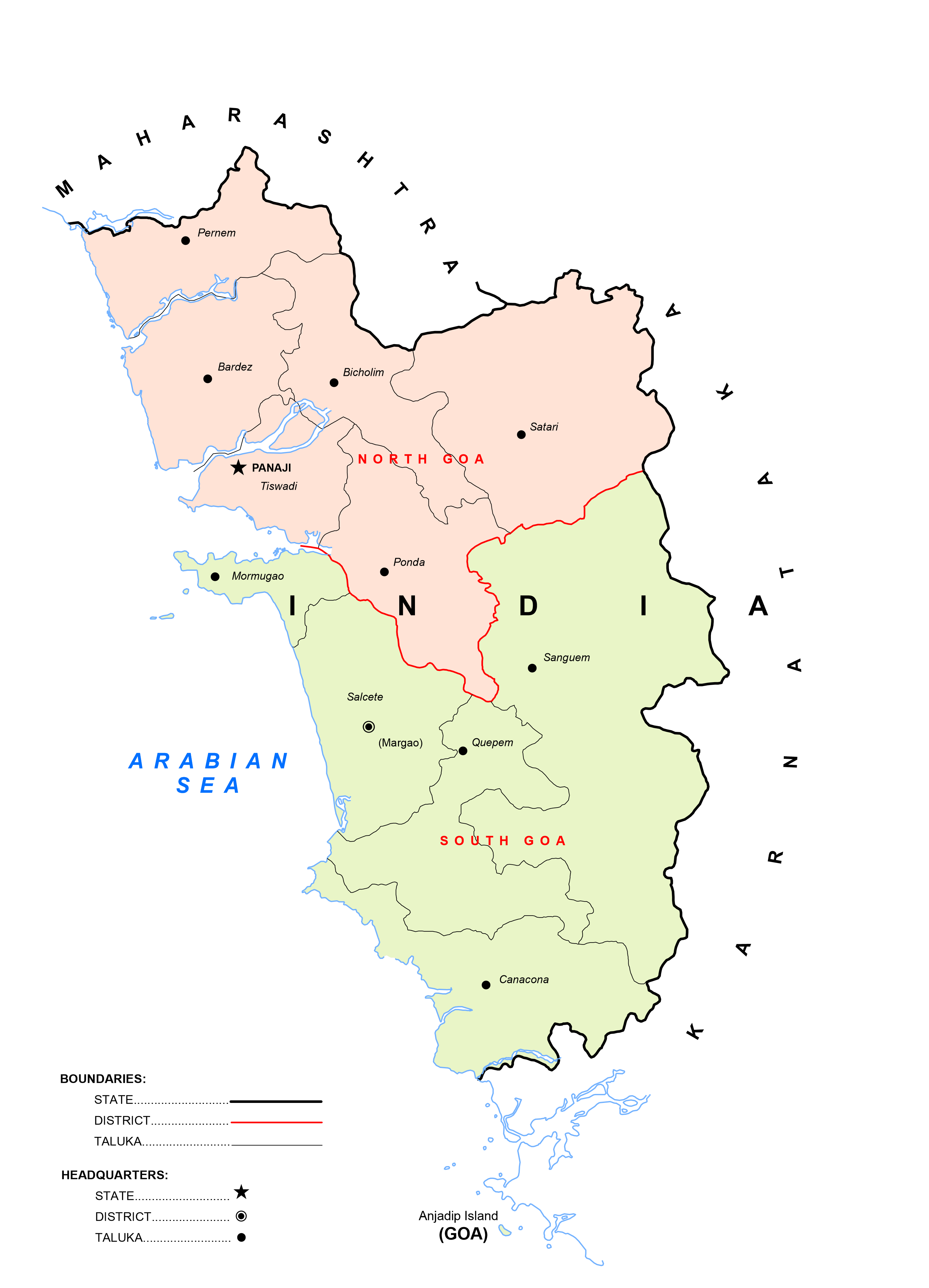
Goa Economic Snapshot
Goa, the state known for its scenic natural beauty is fast emerging as a global business hub in India. In recent years, the state has witnessed remarkable growth in its IT, manufacturing and logistics sectors.
Economic Factsheet
Goa offers several strategic and economic advantages for businesses, making it an attractive destination for various industries. Here are some compelling reasons why companies might choose to operate in Goa:
Tourism Boom
Thriving Hospitality and Real Estate Markets
Supportive Business Environment
Well-Connected Infrastructure
Growing IT and Start-Up Ecosystem
Low Cost of Living and High Quality of Life
Availability of Skilled Workforce
Natural Resources and Green Initiatives
Goa offers a blend of experiences that appeal to a wide range of travellers. The state is adorned with picturesque beaches, rich cultural heritage, varied recreational activities, festivals, wildlife sanctuaries, delicious cuisine and a vibrant nightlife. The following are the top 5 places to visit in Goa: